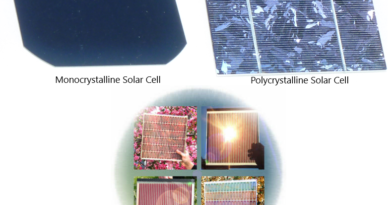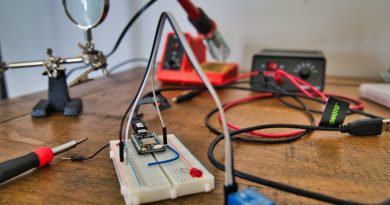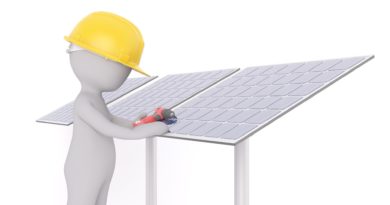Floating Solar – An Interesting Renewable Energy Opportunity
Floating PV (Photovoltaic) or FPV or Floating Solar as it is commonly known in solar energy sector, refers to an array of solar panels on a structure that floats on a water body. According to one report, around 300 GW of solar power could be generated by tapping around 10-15% of water bodies in India, particularly in the most potential states of Bengal, Bihar, Kerala, Odisha and Assam.
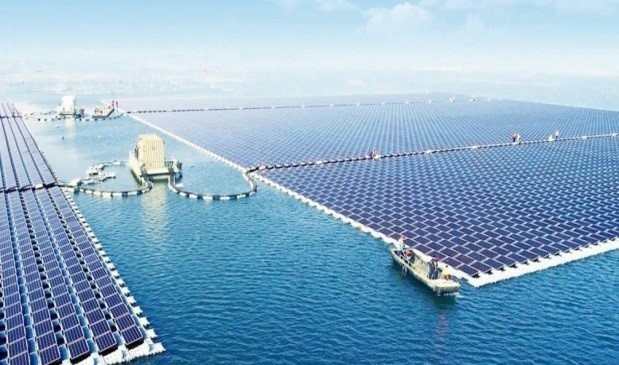
( Source: Sungrow Power Supply)
This technology has had a rapid growth on the Solar Energy segment worldwide. The graph below shows the trend.
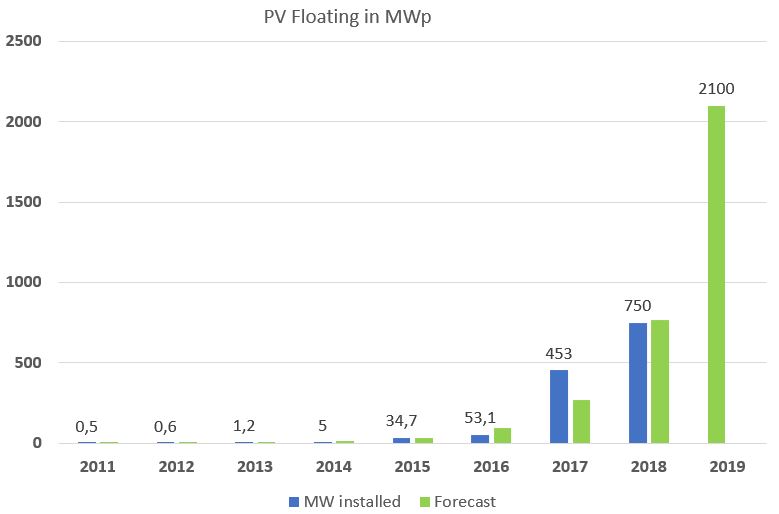
The reasons for this huge popularity of Floating Solar are: –
- No land occupancy: the main advantage of floating solar plants is that they do not take up any land, except the limited surfaces necessary for electric cabinet and grid connections.
- Installation and decommissioning: floating solar plants are more compact than land-based plants, their management is simpler, and their construction and decommissioning is straightforward. The main point is that no fixed structures exist like the foundations used for a land-based plant, so their installation can be totally decommissioned when required.
- Water saving and water quality: the partial coverage of water body can reduce the water evaporation. This result depends on climate conditions and on the percentage of the covered surface. One of the leading suppliers of Floating PV systems has claimed that water losses could be reduced to as much as 70%.
- Cooling: Effective natural evaporative cooling mechanism increases operational efficiency
- Tracking: a large floating platform can be easily turned and can perform a vertical axis tracking: this can be done without wasting energy and without the need for a complex mechanical apparatus as in land-based PV plants. A floating solar plant equipped with a tracking system has a limited additional cost while the energy gain can range from 15 to 25%.
- Environment control: Reduce algae growth Reduction in trans evaporation
- Efficiency improvement: Many studies claim that there is a significant improvement in efficiency putting solar panels over water. These studies are not conclusive and differ in their conclusion. The energy gain reported range from 5 to 15%.
Major Components of a Floating Solar Plant is mostly similar to the ground mounted Solar Plant except the mounting structure.
- Solar PV Modules
- Central/String inverters
- Module Support System
- Pontoon/Floating Structure
- Mooring/anchoring System
- Grid connect equipment
- SCADA
- Cables & Connectors
- Transformers.
However in India the development of Floating Solar plants have a few bottlenecks:
- Non-availability of the primary float structure in India make these projects an expensive option. Limited domestic availability of floats, however, is a big challenge. The industry needs to depend on European or Chinese suppliers, which is not cost effective.
- Project costs higher by 30%-50% than ground mounted solar PV projects.
Please share with us your thoughts on the Floating Solar Plants and how we can make it popular in India.
References:-
- https://en.wikipedia.org/wiki/Floating_solar
- https://www.intersolar.in/en/news-press/news/industry-news/floating-solar-systems-potential-promise-and-challenges.html
- https://www.business-standard.com/article/companies/floating-solar-plants-may-lose-viability-in-india-due-to-cost-pressure-118071100503_1.html

